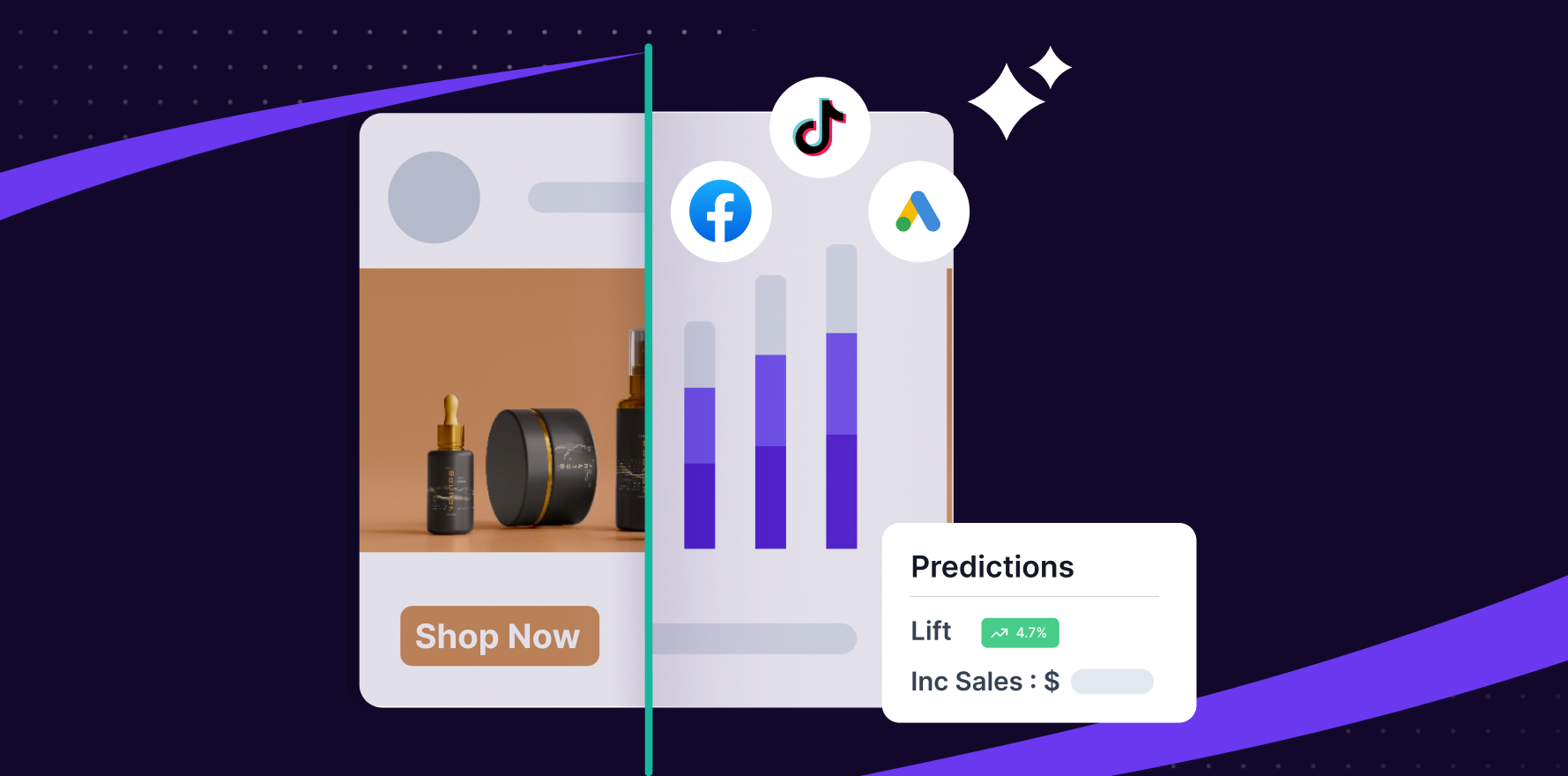What is Offline Attribution?
Over the years, marketers have been constantly striving to determine and credit various marketing channels for their contribution to a sale, which brings us to the ongoing saga of attribution modeling. As part of this process, offline attribution has become a buzzword within marketers’ realm. While digital attribution refers to tracing the digital path a consumer takes before an online conversion, offline attribution goes one step further. It identifies and gives credit to digital marketing initiatives that have led to offline conversions, such as transactions happening in a brick-and-mortar store. For marketers in this digital age, bridging this online-offline divide is crucial to get a holistic perspective on their marketing effort’s effectiveness.
Formula
Example
Consider a user who saw a Facebook ad about a specific product but did not make an online purchase instantly. However, the user visited the physical store a few days later and bought the product. Offline attribution helps marketers count this sale as a conversion resulting from the Facebook ad.
Why is Offline Attribution important?
Offline Attribution allows marketers to understand the holistic impact of their online marketing efforts. This understanding fuels data-driven decision-making and enables marketers to optimize their budget allocation across various channels, resulting in increased return on investment (ROI). Moreover, it helps businesses provide a seamless consumer experience across online and offline platforms.
Which factors impact Offline Attribution?
To improve offline attribution, marketers should focus on gathering quality data through different touchpoints, effectively leveraging technology, and creating a solid attribution model. Data collection can be done through consumer surveys, in-store traffic monitoring, CRM data, or loyalty program data. Using relevant software and technologies helps create a strong link between the online and offline world.
How can Offline Attribution be improved?
Offline attribution can be impacted by various factors, including the accuracy of the data collected, the latency period (time between online interaction and offline purchase), and the individual’s online to offline customer journey.
What is Offline Attribution’s relationship with other metrics?
Offline attribution correlates with other ecommerce metrics like customer acquisition cost (CAC), lifetime value (LTV), and conversion rate. By revealing the full picture of online efforts leading to offline purchases, it aids in optimizing these crucial metrics. For example, if a specific digital campaign is driving significant offline sales, marketers might adjust their efforts to acquire more customers via that channel, resulting in a lower CAC.
Free essential resources for success
Discover more from Lifesight
















